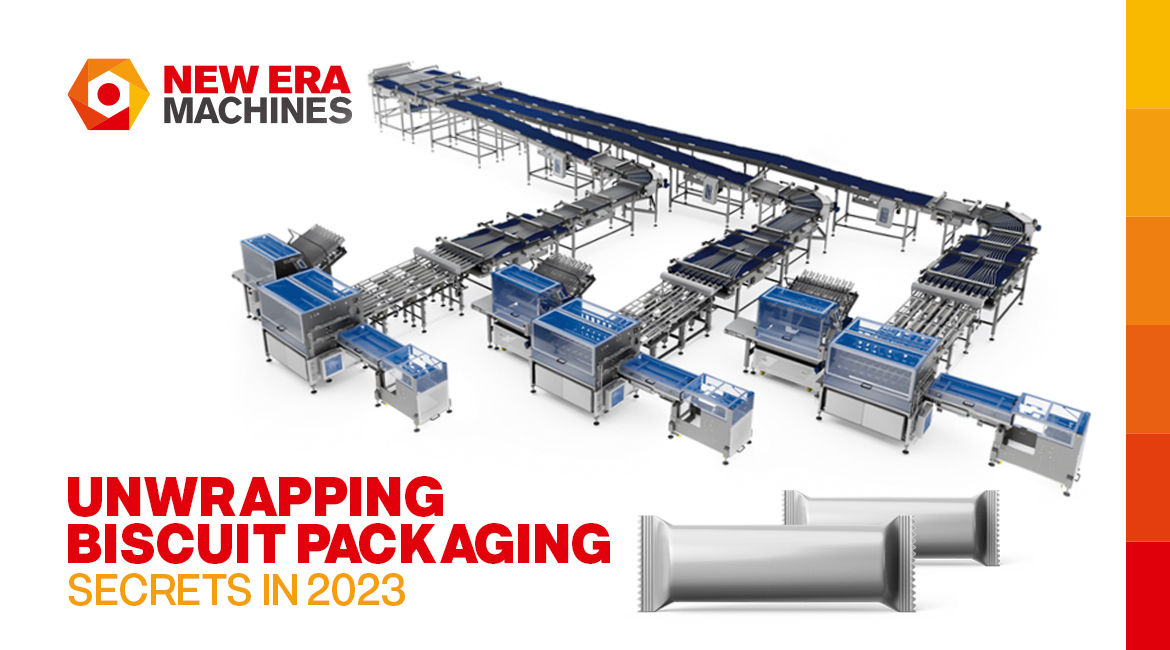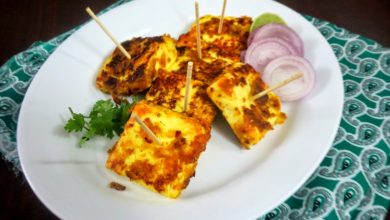Unwrapping Biscuit Packaging Secrets in 2023

Biscuits, often considered the ultimate comfort food, come in countless varieties, flavours, and shapes, but there’s one thing they all have in common – they need to be packaged effectively to maintain their freshness, quality, and taste. In this blog, we will dive into the fascinating world of biscuit packaging methods, exploring different techniques and materials used to keep your favorite snacks just as delightful as the day they were made.
We’ll also understand the importance of selecting the right packaging system that seamlessly integrates with biscuit production lines, ensuring efficiency and product quality. Without further ado, let’s start off with the basics.
The Essence of Biscuit Packaging
Biscuit packaging isn’t merely about wrapping biscuits in a pretty package; it’s a critical step in preserving their flavour, texture, and overall quality. Whether you’re a small or large scale biscuit manufacturer, understanding the various packaging methods is essential.
1. Flow Wrapping
Flow wrapping is one of the most common packaging methods for biscuits. It involves wrapping a continuous sheet of packaging material around the biscuits and sealing the edges to create individual or multi-pack units. This method is popular for its speed and efficiency, making it suitable for high-volume biscuit production lines.
2. Tray Packaging
Tray packaging is ideal for fragile or irregularly shaped biscuits. In this method, biscuits are placed in pre-formed trays made of materials like plastic, cardboard, or aluminium. The tray not only protects the biscuits but also enhances their presentation on store shelves.
Tray packaging can also include a transparent film or lid, allowing consumers to see the biscuits inside. This is particularly appealing when the visual aspect of the product is a important for selling.
3. Tin Tie Bags
Tin tie bags are an economical and practical packaging option for biscuits. These bags are typically made of paper and feature a small metal tie at the top, which can be used to reseal the bag after it’s opened. This resealability helps to maintain the biscuits’ freshness.
Tin tie bags are often used for premium or specially crafted biscuit brands, where the biscuit packaging itself contributes to the product’s overall appeal.
4. Box Packaging
Biscuits packaged in boxes have a classic and elegant look. These boxes can be made from various materials, including cardboard, paperboard, or even metal for a premium touch. The packaging can be designed with compartments to hold individual biscuits or stack them neatly.
Box packaging is not only aesthetically pleasing but also offers excellent protection against physical damage during transportation.
The Packaging Materials
Selecting the right packaging material is just as crucial as choosing the packaging method. Here are some common materials used in biscuit packaging:
1. Plastic Films
Plastic films, such as polypropylene (PP) and polyethylene (PE), are widely used in flow wrapping and tray packaging. They offer excellent moisture resistance and are available in various thicknesses to cater to different biscuit types.
2. Paper
Paper is a versatile and eco-friendly material used in tin tie bags, box packaging, and some tray packaging. It can be coated for added protection against moisture and grease, ensuring the biscuits stay fresh.
3. Aluminium Foil
Aluminium foil is often used as a barrier layer in packaging to prevent moisture, oxygen, and light from reaching the biscuits. This material is particularly effective for extending the shelf life of biscuits, making it suitable for premium and long-lasting products.
4. Cardboard
Cardboard is primarily used in box packaging, offering durability and rigidity. It can be easily customized with various printing techniques to create eye-catching designs and branding.
The Importance of Integrated Packaging Systems
While understanding different packaging methods and materials is crucial, it’s equally important to consider how the chosen packaging system integrates with your biscuit production line. A seamless integration can significantly impact efficiency and product quality.
1. Automation Compatibility
The packaging system should be compatible with your production line’s level of automation. If you have a highly automated production process, the packaging system should match that level to avoid bottlenecks or disruptions.
2. Quality Control
Integrate quality control mechanisms into the packaging process. This includes checking for product defects, proper sealing, and accurate labelling to ensure that only high-quality biscuits reach the consumer.
3. Flexibility
Your packaging system should be flexible enough to accommodate different biscuit types and packaging sizes. This adaptability allows you to respond to changing consumer demands and market trends effectively.
Some Closing Thoughts
Biscuit packaging is an art as much as it is a science. The right packaging method and material can elevate your biscuits’ appeal and extend their shelf life. However, to truly optimize your biscuit production process, you must carefully select a packaging system that seamlessly integrates with your production line.With the above parameters in mind, the experts at New Era Machines designed, engineered & manufactured a modern packing system that seamlessly integrates with its turnkey biscuit, cookie & cracker production lines. The packaging systems offer both with and without tray denesting option. This dynamic packing option helps effortlessly bake a varied & diverse types of biscuits, crackers & cookies in flavourful tastes & textures. Do give their versatile machines a try & let us know the results.




